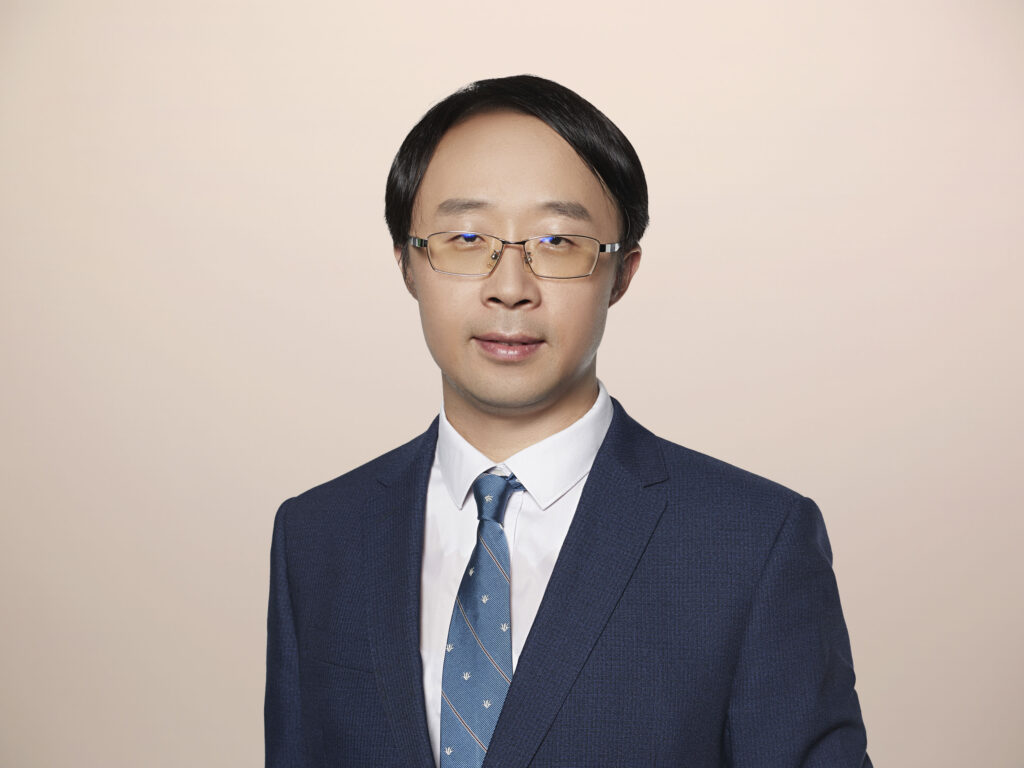Key Takeaways From Huawei Connect 2018
Huawei held its flagship Connect 2018 conference in Shanghai from October 10 to 12. The event, which featured more than 200 sessions, attracted over 25,000 visitors and more than 1,500 partners from around the world. By the end of 2017, Huawei’s annual revenue had exceeded US$92 billion — half of which comes from global markets outside of China. One important factor driving Huawei’s business success is that it has continuously made strategic investments in emerging technologies to become a key enabler for digital businesses. Our key takeaways are that Huawei:
- Has become a full-stack AI technology provider. First, Huawei unveiled Ascend 910 and Ascend 310, two 7-nanometer processor chipsets for AI that run on the cloud for training and inference framework. Both chips are built on Huawei’s homegrown Da Vinci architecture, helping Huawei leap into the race to create custom AI chips alongside other internet giants’ chips like Alibaba’s Ali-NPU, Baidu’s Kunlun, and Google’s TPU. Second, Huawei made three software announcements: 1) MindSpore, its new machine learning (ML) software framework for device-edge-cloud usage; 2) compute architecture for neural networks (CANN), an operator library for chipsets; and 3) ModelArts, an ML platform-as-a-service with rich features, including hyperparameter tuning; model optimization and deployment; learning automation; end-to-end process management; and an AI marketplace. These AI investments help Huawei complete its AI product portfolios to serve diverse customer needs.
- Aims to provide support for comprehensive business scenarios. Huawei is going “all-scenario,” committed to leveraging its new AI chips to cover business cases in environments including public/private cloud, edge computing, and industrial IoT and consumer devices. Specifically, Huawei unveiled the Atlas 200 AI acceleration module, Atlas 300 AI acceleration card, Atlas 500 AI edge station, and Atlas 800 AI appliance. It also announced its MDC 600 mobile data center for autonomous driving. The models, developed with MindSpore and ModelArts, run smoothly on all of these devices.
- Is making its cloud a critical foundation of digital innovation. Huawei Cloud offers a series of public cloud services for container management and microservices, such as CCE, CCI, FunctionGraph, and ServiceStage. During the event, Huawei announced market breakthroughs helping customers such as Cango and Tongji University achieve digital customer experience and operational excellence. It also unveiled HiQ, a cloud service platform for quantum computing simulation that can simulate quantum circuits with at least 42 qubits for full-amplitude simulations and 81 to 169 qubits for single amplitudes. HiQ aims to drive new revolutions in areas like AI, new material design, drug development, complex optimization, and scheduling.
- Is collaborating with industry leaders to gauge digital maturity. Huawei isn’t just investing in technology, products, and services; it’s also proactively working with partners and educational institutions on digital transformation methodologies. At the event, the Open ROADS community powered by Huawei demonstrated its open digital maturity model. This is an assessment tool to benchmark an organization’s current digital maturity level against its own digital transformation goals and the performance of best-in-class organizations, using KPIs across six key dimensions from strategic dynamism to digital technology leadership. This will further improve Huawei’s competencies in digital strategy consulting to serve enterprise customers in different verticals.
Despite its many achievements, Huawei also faces critical challenges, such as regulatory barriers set by the US government and the need to set the right boundaries with partners when it steps into new market segments such as AI chips. All in all, we believe that Huawei is on the right track in the digital era. We’d also like to know your thoughts about Huawei’s future.
